CHAUCER, Geoffrey. Workes of our Antient and Learned English Poet, Geoffrey Chaucer. In This Impression You Shall Find These Additions. 1 His Portraiture and Progenie Shewed. 2 His Life Collected. 3 Arguments to Euery Booke Gathered. 4 Old and Obscure Words Explained. Authors by Him Cited, Declared. Difficulties Opened. Two Books of His Never Before Printed.
George Bishop, London, 1598.
Folio ff (xxviii) 394 (xiv). [a]6, b-c6, A-Z, Aa-Zz, Aaa-Nnn6, Ooo4, Ppp-Ttt6, Uuu8 pp. [aaaaii and aaaavsupplied in duplicate]
Mostly black letter, double column, woodcut initials (some large) and ornaments. General title with woodcut architectural border, twisted column entwined with vines and grapes, sacrificial lamb in elaborate compartment at head, ornamental vase at foot (McKerrow and Ferguson 148), probably by Nicholas Hilliard, his monogram above title, full page engraved portrait of the author by Chaucer’s great friend, Thomas Hoccleve, surrounded by his genealogical table and family arms, several titles within elaborate woodcut table depicting the table of descendants of Queen Elizabeth from John Gaunt and Edmund of York (Mckerrow, Ferguson 75) printing by John Betts. With an interesting profusion of manuscript notes in a near contemporary hand, penned to the blank free-fly. 17th or late 16th century calf, the spine panel and hinges refurbished, marbled endleaves.
An unusually good copy of the first edition of Thomas Speght’s complete works of Chaucer and the first to contain an engraved portrait of the author. This was the definitive edition of Chaucer until almost modern times. Speght was assisted in its production by John Stowe, Francis Thynne, Francis Beaumont Sr, and Robert Glover. Little is known of Speght, other than that he was a schoolmaster. The work is dedicated to Sir Robert Cecil, first Earl of Salisbury (1563-1612).
An introductory letter by Francis Beaumont, judge and father to the famous dramatist, elegantly defends Chaucer’s eminent literary positions, as well as explaining certain aspects of his work which and early C17 audience might find difficult or distasteful. The principal objections are that “(as it were with overlong lying) many of his words are grown hard and unpleasant;”; and next, that some of his speeches are somewhat “too broad”. In any case, Beaumont continues, Chaucer is positively genteel in comparison with highly-esteemed Classical Latin poets, such as Catullus and Tibullus, who “in uncleane wantonnesse beyond measure passed them all”.
As well as texts of Chaucer’s extant works, such as his early translation of The Romaunt of the Rose, his shorter poetical compositions, the more prosaic Treatise on the Astrolabe, and his unfinished masterpiece, The Canterbury Tales, this edition contains a wealth of supplementary material, including a biographical essay and a glossary (‘The old and obscure words in Chaucer explaned’).
Provenance
James Bindley Esq (1737-1818).
References
STC 5077; Lowndes II, 425; Pforzheimer 177; Grolier 43 English.
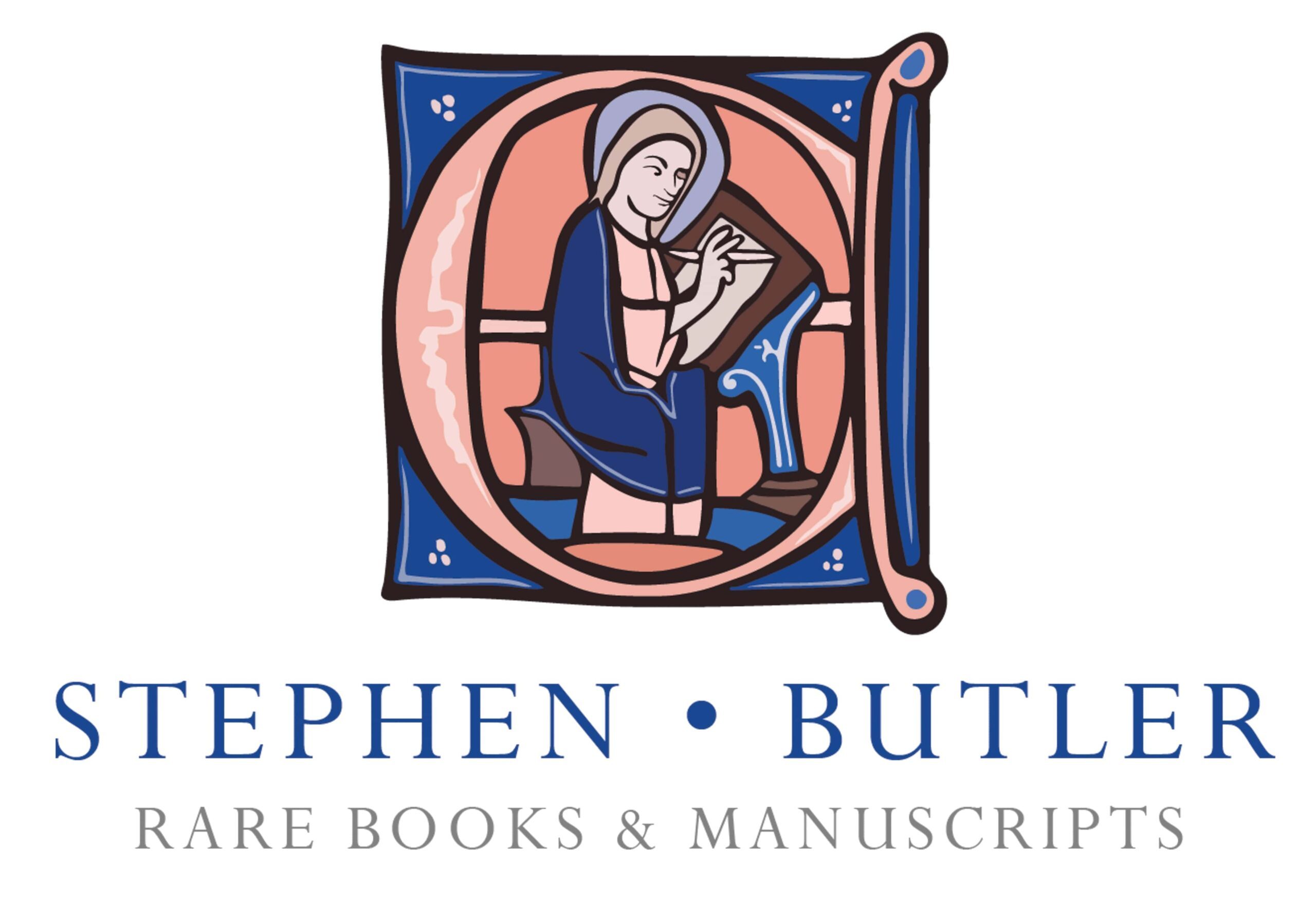
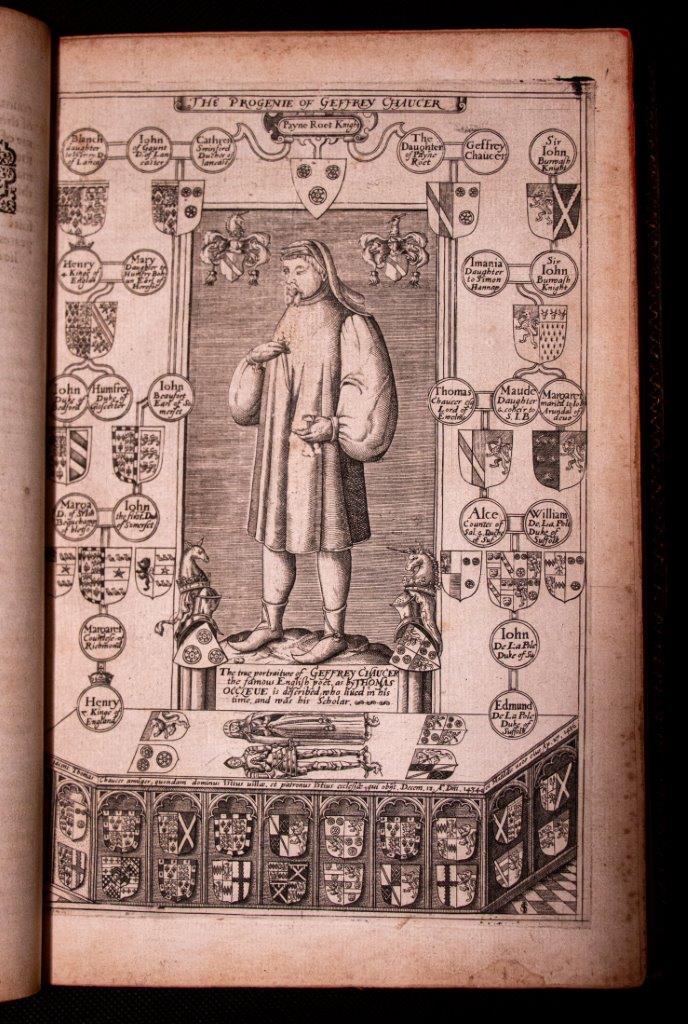










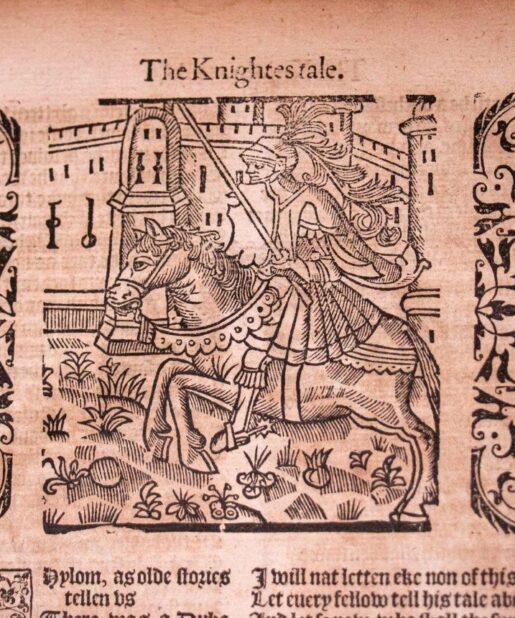

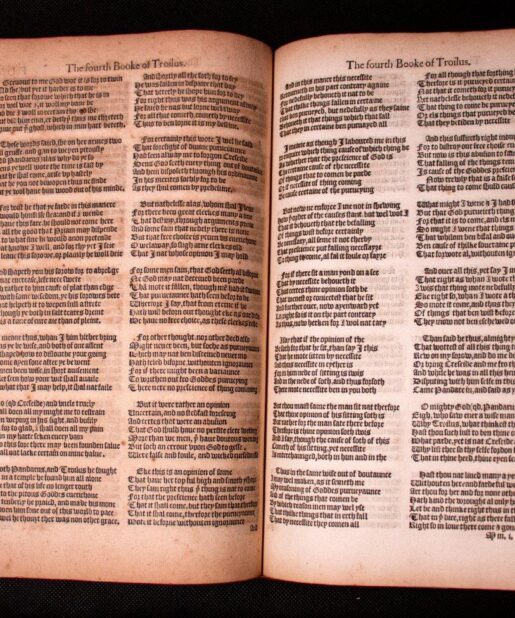








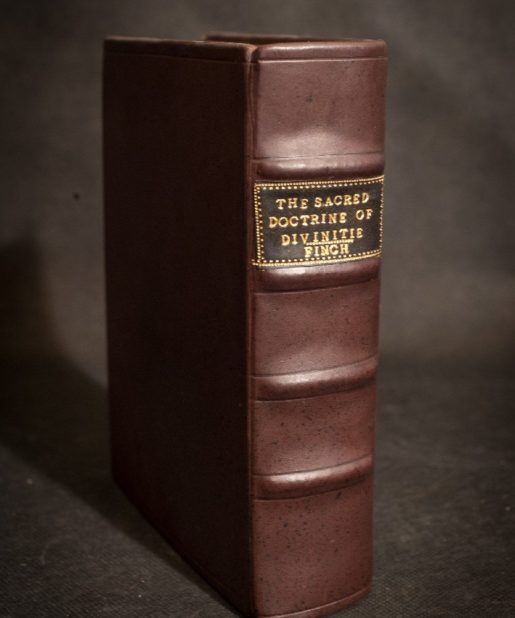






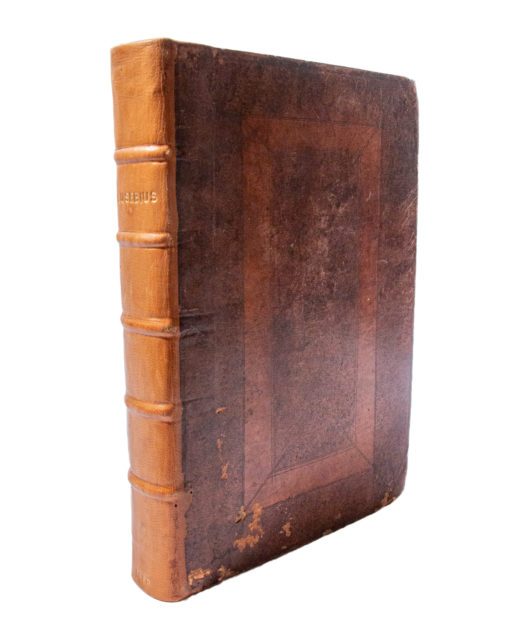

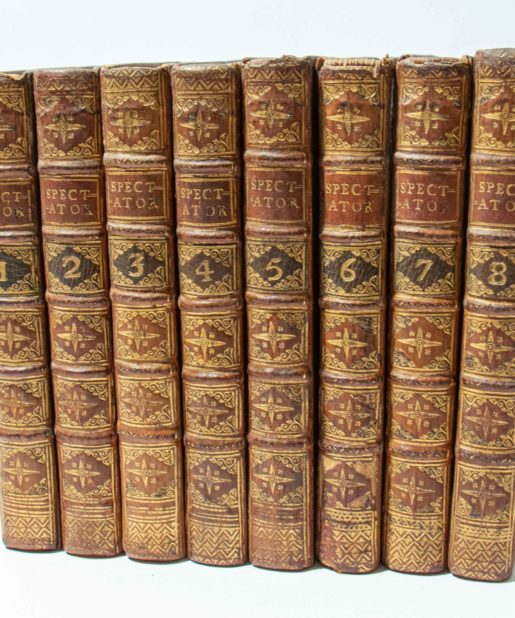

Reviews
There are no reviews yet.